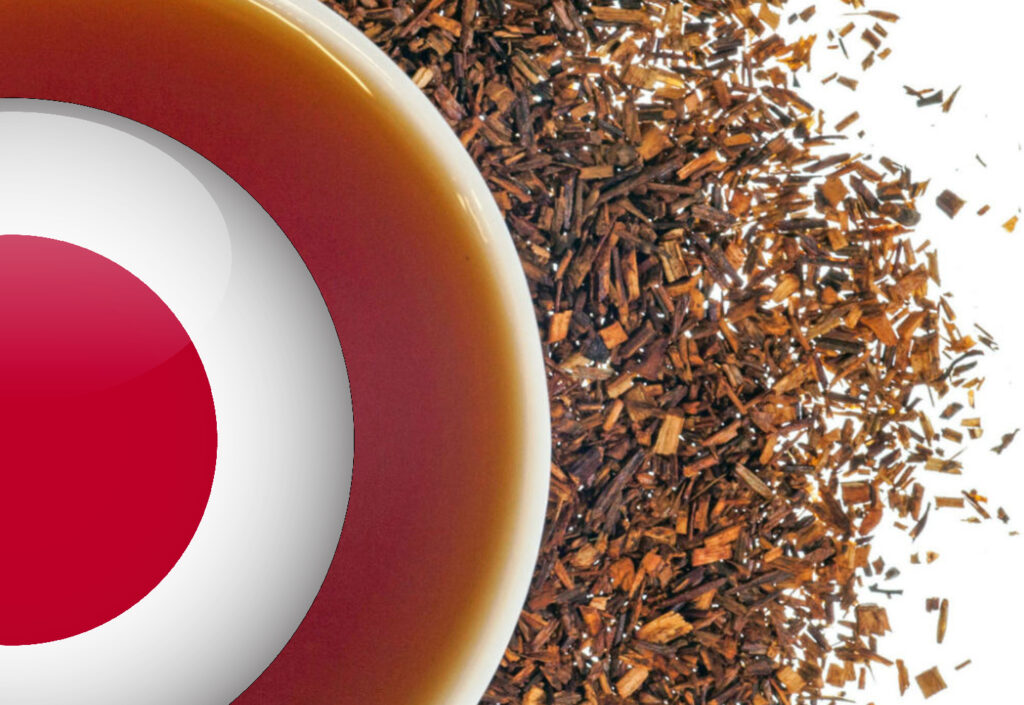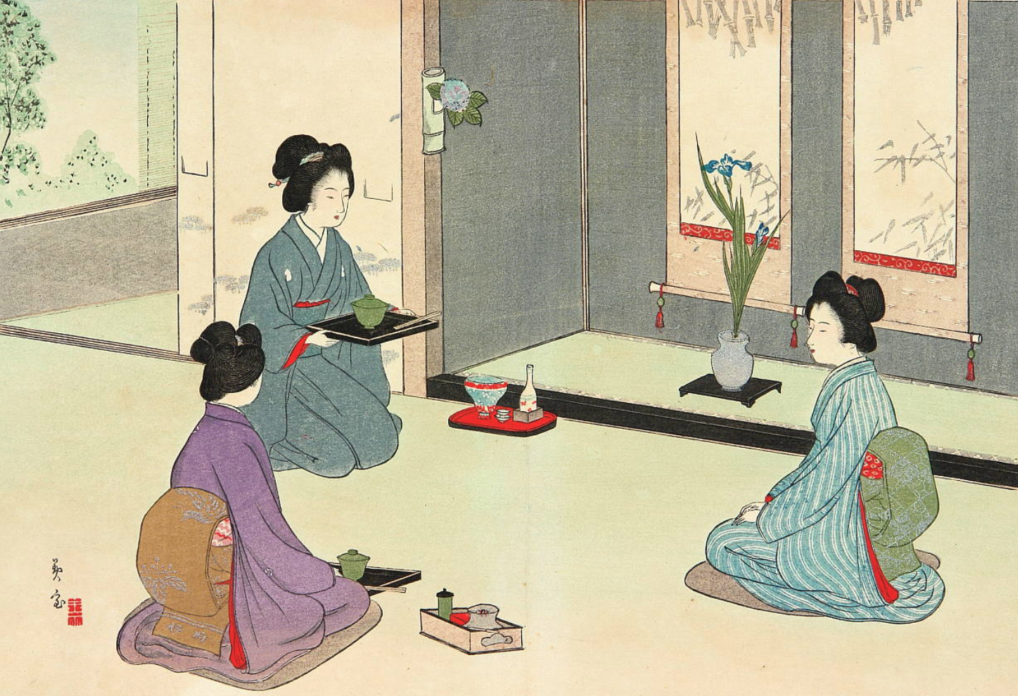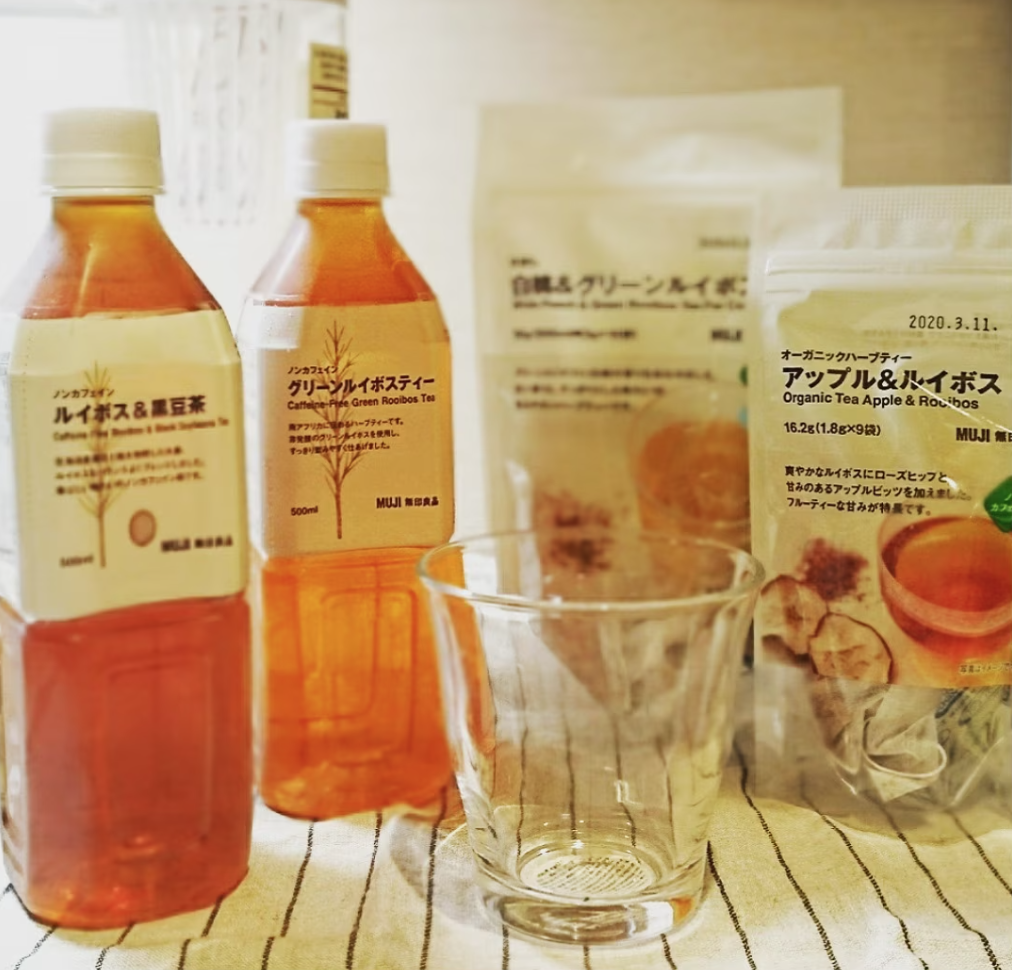As one of the world’s foremost tea-drinking nations, and featuring a proud and ritualised culture that has developed around the growing, brewing and consumption of it, it should come as no surprise that Japan consistently ranks highly among the world’s foremost importers of rooibos.
The appeal of antioxidants
By all accounts, the Japanese learnt about rooibos tea in the early 1980s. Their interest was sparked by visits from James van Putten and Annekie Theron, and the fact that the infusion proved to be a source of antioxidants.
‘The Japanese were impressed with the evidence from my experiments with infants, as set out in my book’, recounted Theron. ‘They immediately arranged for funds to become available for research into the benefits of rooibos herbal tea. In good time, they verified the presence of the high-content of antioxidants in rooibos herbal tea.
The promise of a new market in the Land of the Rising Sun triggered the first dedicated scientific research into the health benefits of rooibos. Japanese and South African scientists started investigating its anti-ageing potential. Elizabeth Joubert at Stellenbosch helped the Rooibos Board to ensure that as many polyphenols as possible were preserved in their product, particularly in that exported to Japan.
The Rooibos Board was flattered by the attention from this great tea-drinking nation. For all that, they were concerned that their beverage would not be taken seriously by the mainstream consumer there. ‘We need to demonstrate to the Oriental tea drinker that rooibos is a “tea” ’, wrote Van Putten, lamenting that rooibos might be ‘just a herbal drink’ for them.
Kobe-based Sammy Kakefu was among the first overseas buyers to come out to South Africa, see the ‘Rooibos Land’ and meet captains of the industry on their home ground. The only importer in Japan for some time, he encouraged his compatriots to ‘beauty up with Taste Tea’, as he had named his rooibos brand. Kakefu was intending to buy ten times as much rooibos tea, up to a thousand tonnes a year, by the mid-1990s and branch out into rooibos health food.
At the same time, Japan imposed anti-apartheid sanctions and blocked direct importation of South African commodities. This did not ruin the emerging rooibos trade in that country, and the Japanese continued to ship in even larger quantities of the A. linearis. Despite that, Kakefu’s target was not achieved. Before his country lifted the boycott, the distributors were bringing in about 400 tonnes of rooibos tea a year.
Meanwhile, things were getting nasty in Japan. Some of the distributors had a fallout and, allegedly, were harassing buyers who refused to deal with them. There was talk of a yakuza mafia connection. Rooibos was turning into a pariah and big companies fought shy of being involved with it.
Rooibos comes to Japan
In the late nineties, Clinton Gass set up the Japanese subsidiary of Rooibos Ltd. At this time leading companies such as Suntory, Coca-Cola and other beverage companies believed in rooibos tea, but would not have anything to do with it.
‘The unorthodox practices had tainted the image of rooibos in the business community’, recounts Gass. ‘Fortunately, it didn’t reach the consumer level. The Japanese had a favourable impression of rooibos, because the idea that it was good for you had been hammered home by the distributors.’
Rooibos tea had a strong following in its elite niche, but over time the focus shifted from the medicinal aspects of rooibos, which attracted mostly health fanatics, toward bringing it into the mainstream market as a pleasant, delicious beverage.
In the end, major beverage manufacturers in Japan started to take part in rooibos business.
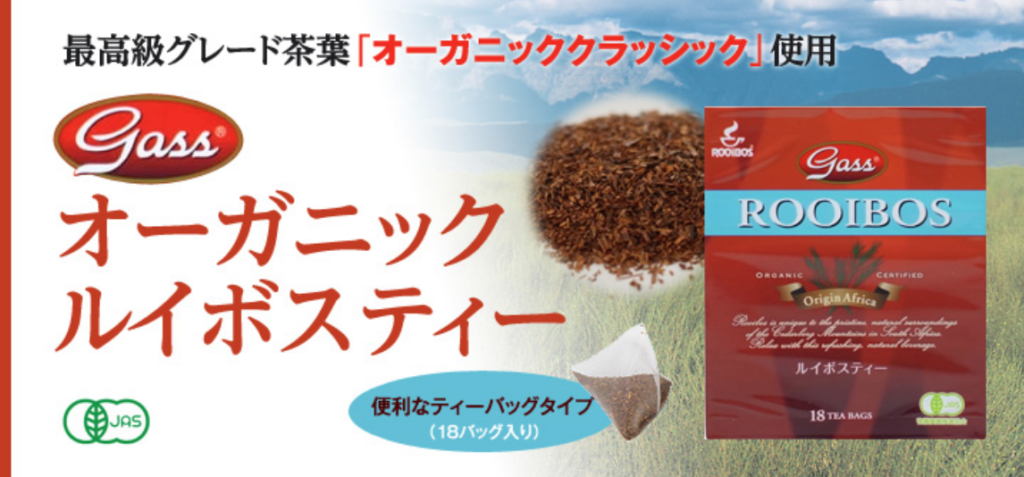
Impressive growth despite formidable obstacles
Over the last decade, the Japanese rooibos market has tripled. The market is now comprised of a combination of large rooibos importers and South African trader-processors which export directly to top Japanese brands.
In terms of consumption of the South African brew, Japan has shot ahead and joined the leaders. It has been progressing so fast that Germany may lose its position as the biggest importer of rooibos tea, with this growth reflected in the analysis provided in our Rooibos Marketplace article.
More than 2,000 tonnes of rooibos was shipped to Japan in 2018 – the largest consignment since the South African indigenous tea was first introduced to the Japanese in the 1980s – and this trend has continued to grow in recent years. This is reflected by the most recent statistics available, which show Japan’s rooibos import volumes rising to 2 175 tons in 2020 and 2 556 tons in 2021.
Most supermarkets in the country now stock rooibos. And so do many convenience stores, which offer it bottled. But it is a very competitive environment and rooibos tea is not mainstream enough yet to be seen as an absolute necessity.
The ready-to-drink segment is huge in Japan, and a third of these products are sold through millions of vending machines. Rooibos has been available in cans since the mid-1980s. In summer, you can buy it cool, from a fridge. And in winter, tea is held in an oven, so that it is warm when you reach for it.
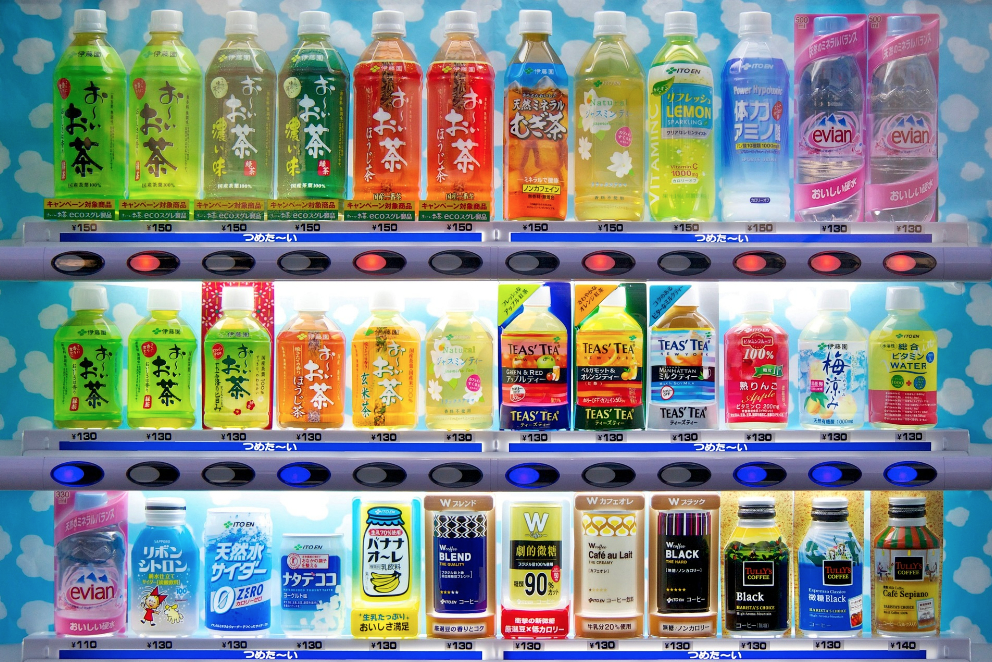
A love of tea of all kinds
Apart from steeping a kilo of Camellia sinensis teas every year, an average Japanese man or woman is fond of traditional infusions. Their first choice is mugicha (barley tea) and sobacha (buckwheat tea). Rooibos runs at just one per cent of the tea and tisane sales in Japan.
Recently, the Japanese mass consumer has realised that caffeine can be harmful. Pregnant women, young mothers and elderly people try to cut down on tea or coffee. ‘Non-caffeine’ labels have sprung up on beverage packaging. It is far from the caffeine-phobia of the Western world, but absence of stimulants has become a selling point in Japan.
On the one hand, this movement has been to the advantage of rooibos, stimulating sales. On the other hand, rooibos tea is not the only naturally caffeine-free tisane out there. Both mugicha and sobacha contain not an iota of the undesirable substance.
The antioxidant claim is not unique either. Academic research has shown that green tea, Japan’s favourite beverage, surpasses rooibos in antioxidant power.
Since the 1980s, rooibos has been positioned and promoted in Japan as a pure, wholesome product grown without chemical pesticides. When organic-certified rooibos became available, Japanese distributors scrambled to get as much as they could. In 2015, according to PPECB data, half of the red and most of the green rooibos imported by the Japanese was organic. They would have purchased more of that kind if there were enough to go around.
In addition to this demand, the global trend of consumer interest in the source of the products they consume is also reflected by brands engaging directly with producers, rather than trader-processors. This direct relationship in turn enables Japanese brands to generate marketing that satisfies consumer interest in origin story and source. As an example, Klipopmekaar has been supplying top-quality organic rooibos to Japanese beverage brands since 2012.
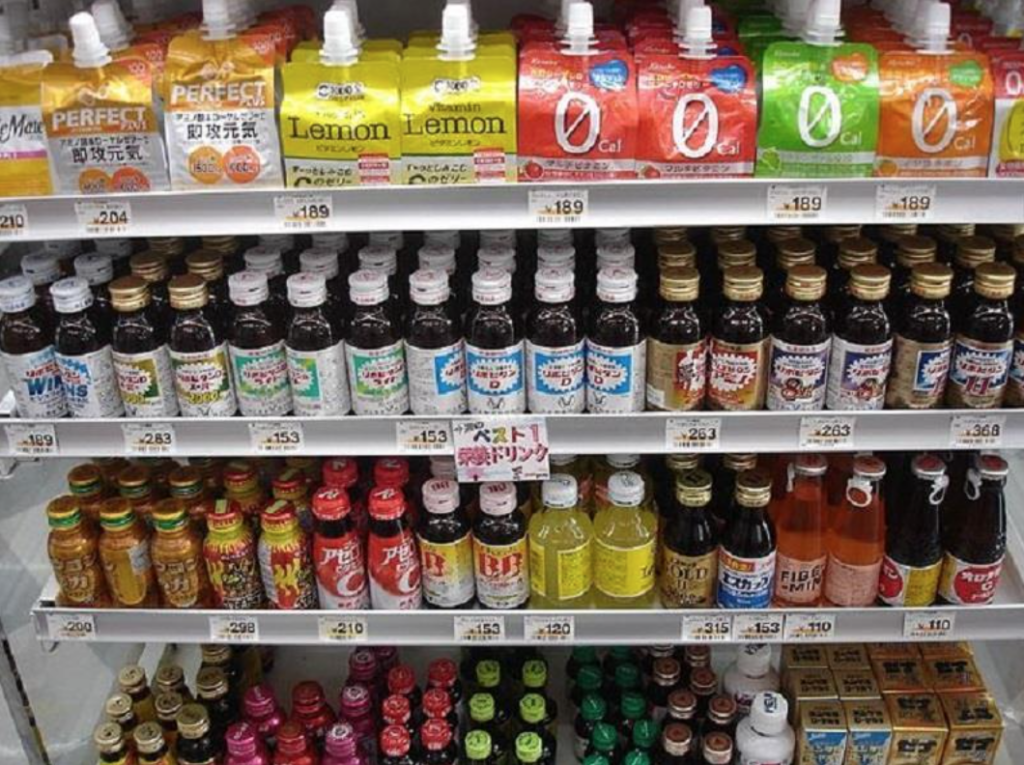
A rooibos free-for-all – and a job to educate consumers
The Japanese like to take their rooibos tea plain and unblended. Surprisingly, much of it is consumed cold, in the ready-to-drink form. However, it is not an artificially flavoured ice tea. The cans and bottles contain ‘straight’ brewed rooibos.
A new problem for the industry has been the rooibos tea that comes through non-traditional sales channels. Whereas distributors in Japan have been patiently nurturing consumer loyalty, trust and respect for rooibos, online merchants and warehouse clubs do not need that painstaking work to make a go. They do not fuss about certification and relationship building.
Companies such as Costco, a leading American discount retailer with stores in Japan, have imported mammoth quantities of rooibos tea at bargain prices and smaller online traders have shipped in loads of poor-quality product.
‘We’ve spent some thirty years developing this market, and suddenly it’s a free-for-all’, says Gass.
‘They’re debasing rooibos in Japan. It doesn’t have a premium image in many channels anymore. Real rubbish is coming here, and you can even find it in conventional shops. If consumers are introduced to rooibos through such products, they won’t drink rooibos again. On the other hand, if that rubbish sells, it means that Japanese people are desperate to have rooibos.’
For Gass, the answer lies in educating the consumer about quality rooibos tea. ‘Not all rooibos is created equal’ is his message. And it is supported by objective data. Good rooibos not only has a better taste and aroma, it is also richer in polyphenols.
With interest in rooibos in Japan having grown to the extent that the drinking of it is now well-established, the challenge of poor-quality product entering the market is a factor to consider. However, as indicated by demand levels and the growth of import volumes, it is evident that Japanese interest in rooibos is bouyant.
With consumer education and a growing interest in the benefits of caffeine-free beverages becoming a growing factor in consumer choice, the outlook for rooibos in this discerning market looks bright.
This article is an extract of ‘The Rooibos Story‘ by researcher Boris Gorelik and is published with the kind permission of the South African Rooibos Council.
Look out for forthcoming related articles in the series which will provide further insights into many aspects of Rooibos including the Rooibos industry, its health benefits and the global marketplace.

